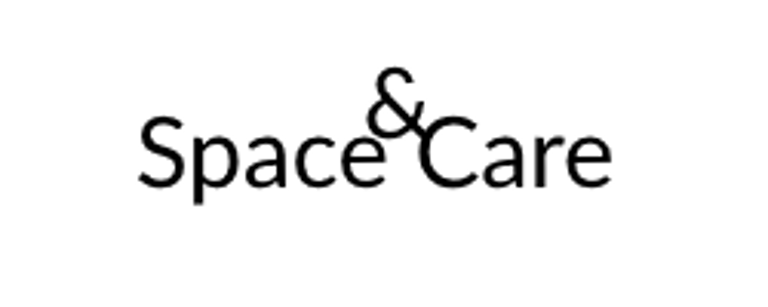Navigating Social Media Trends
Social media is rife with influencers selling trends and ideas. How can we sort through them without losing our sights on what matters most? Knowing oneself is a good place to start.
CARE
Nicole Lasam
7/19/20254 min read


I used to follow a "mom-fluencer" on YouTube. I loved watching her videos because they talked about teaching little ones to be independent and confident in their surroundings. I started watching her because I needed to potty train my eldest, and I found her tips realistic and helpful. (We succeeded!) Then I started watching their family vlogs; they documented their activities at home, what they do when they go out, how they celebrate birthdays, and what they cook.
My little girls watched these family videos with me. We tried to copy some of the activities like cooking together, making toys using recycled materials, singing the songs they would sing as they brushed their teeth, and saying the chants they would say as they put on pants and jackets. It was a lot of fun… until one day, on a birthday we celebrated in 2021, as the birthday girl finished opening her presents, she looked at me with wide eyes and asked, “Where are the other gifts?” Oops! I had to tell her that those were the only gifts. (Don’t worry, she didn’t cry! Haha.)
Because of what we regularly watched, my daughter had expected to get as many gifts as the girls in the video did. I stopped watching the videos—I unfollowed the channel!—and decided to navigate parenting by reading more or consulting friends and teachers more instead of relying on YouTube influencers so much. Mom-fluencers are inspiring, especially those who seem to be able to do everything and make videos to boot, but at the same time, some of their values may be different; watching them and trying to emulate everything they do may not be the healthiest of practices in the long run.
Influencer culture
I say this because before I unfollowed the channel, I thought about how those videos had influenced me, too: there were many toys I felt I needed to buy or materials I needed to have. I felt I wouldn’t succeed in teaching the kids to read, cook, wash their hands, etc. without certain things. I realized that the influence was not helpful anymore; when at first I tuned in to learn how to teach something, I ended up focusing on material things.
That’s what influencers do: they show things people “must” buy… which is why lately, in the past year or so, the idea of “deinfluencing,” which is a reaction to the influencer culture that “often fuels rampant consumerism and wasteful habits,” has started to gain traction. This article from The Conversation explains it: “Deinfluencers are in a unique position to foster a more sustainable approach to consumption. Rather than promoting the latest products or trends, they highlight mindful consumption, sustainability, and the importance of making thoughtful choices.”
In a way, deinfluencers also influence, but by telling people what not to buy. It seems to me to be simply a negative reaction to influencer culture—and it’s a little wanting. Another movement (aligning more to the “Marie Kondo effect”) gives off a more positive approach the problem of overconsumption (although it is also a trend apparently on TikTok, so do note that these trends come and go): they call it “underconsumption core.” I say it’s a more positive approach because instead of just saying “don’t” buy this or that, it affirms frugality and minimalism (also trends on social media, come to think of it).
Balance
I find it amusing how social media spreads ideas like wildfire. These trends on buying habits—whether it’s falling for “budol” (being convinced to buy a certain product) or honing the habit of getting only things that “spark joy”—will remain trends, ideas peddled on social media, unless there is a real resolve among us viewers as regards our buying. Maybe tomorrow these trends won’t matter anymore, or perhaps they may transform into ideas more radically practiced. Influencers (and deinfluencers) do have a stake in their promotion of trends (they do this to gain more followers and likes, after all), and as consumers (of media, in this case), we should also make conscious and thoughtful choices on the videos we watch and welcome into our homes. They carry with them the trends we need to sort through.
The key here is balance: while frugality/minimalism/underconsumption may be a good way to help the environment (among other reasons given by trendsetters), there still has to be as limit to it to maintain overall wellbeing. It is better to consider first the basic needs before purchasing trendy things. Know your values because they will help you see what matters most. Base your spending on these needs and values. Back it up with financial literacy, an understanding of how to spend the income wisely and make it go a long way (with savings, too).
With these in the foundation, the consumer (you!) can consume more wisely (not over and not under—just right!). And you realize that when you do spend, it turns out to be a more satisfactory purchase. After all, whatever you decide to buy will be a well-considered buy, a decision you can call your own—not budol!
